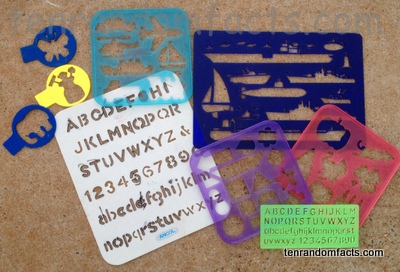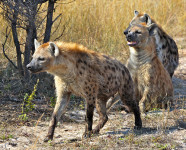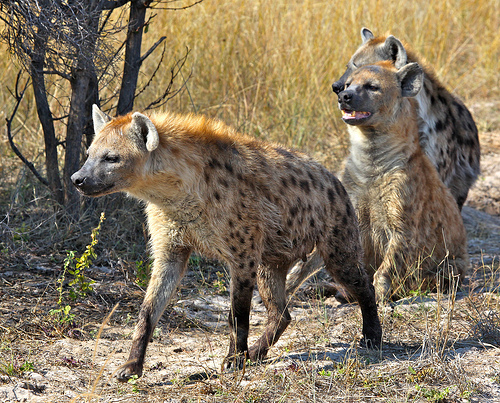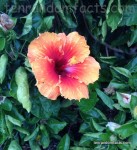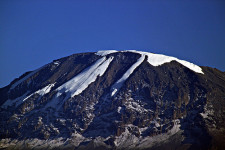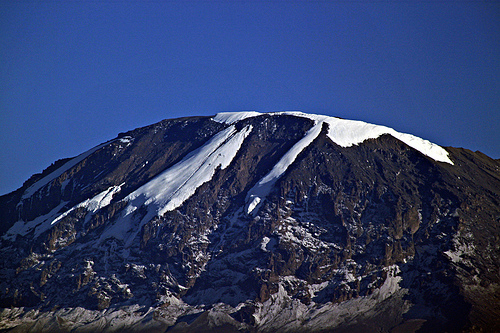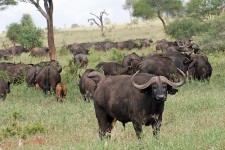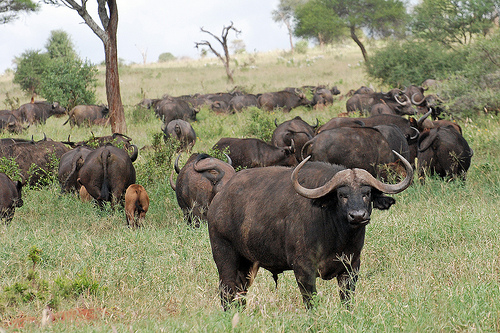
Versatile stencils!
- Stencils are art, craft or stationery items used to imprint designs on a surface with the use of paint or other medium, and are generally made from plastic, paper or metal sheets, although other materials can be used.
- Stencils are typically reusable, as long as they can be removed from surfaces and don’t break.
- Stencil designs often have an inner section to the design, called an ‘island’, that will be a loose piece, unless attached by a small portion of stencil material, known as a ‘bridge’.
- Stencils are an ancient innovation, and hands or other objects were painted over in cave paintings thousands of years ago.
- Home-use stencils are common, often used for neat painting and decorating features on walls or furniture, and are commonly used in craft related hobbies for embossing, painting and decorating, or lettering.
- Stencils are used by government, business and military organisations, often to letter objects, signs or vehicles.
- Stencils for children are commonly available, which enables them to draw basic or more detailed shapes or letters, and gives them the opportunity to be creative by filling in more details, or colouring the shape.
- Stencils were historically used by Eskimos and Ancient Egyptians, Romans, Chinese, Greeks and Japanese, while some of the materials used were cloth, leaves and animal skin.
- Throughout history, stencils were commonly used for mass production, for clothing, religious art and wall designs among others.
- Today, stencils are often used professionally by artists especially for screen printing and airbrushing, and some graffiti artists use them for their unique and ‘political’ look.
Bibliography:
Gilbert M, The History of Stencilling, 2014, EHow, http://www.ehow.com/about_5380158_history-stenciling.html
History of Stencilling, 2011, Royal Design Studio Stencils, http://www.royaldesignstudio.com/blogs/how-to-stencil/3763542-history-of-stenciling
Stencil, 2014, Wikipedia, http://en.wikipedia.org/wiki/Stencil




